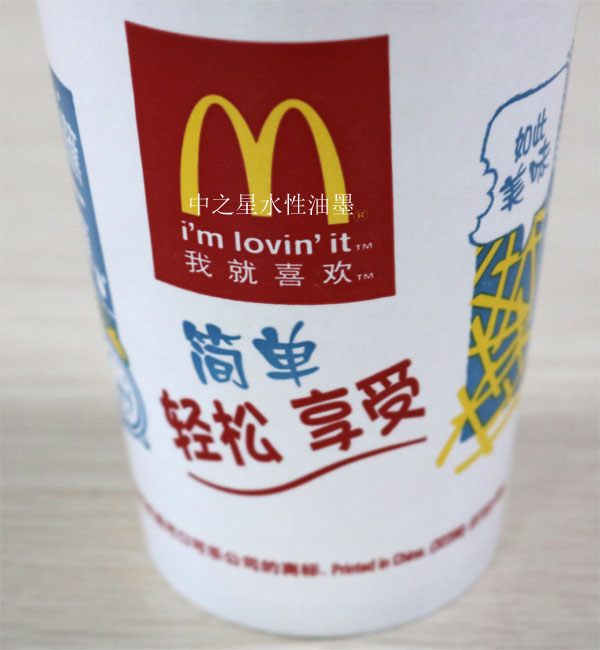How to test the sun resistance level of water-based inks
Date: Jan 17 2024 From: Star Color Views:
The sun resistance level of water-based inks determines the length of time they last. Some printed items with water-based inks can last for more than a year outdoors, while others begin to fade within a few months. So how do we test the sun resistance level of water-based inks in the laboratory?
Testing the sun resistance level of water-based inks in the laboratory is usually carried out using equipment that simulates the natural light aging process.Here are the general steps and methods for conducting such tests:
Select a standard test method:
Internationally referenced standards include ISO 105-B02 (color fastness of textiles to artificial light) or ASTM G154 (xenon arc lamp exposure test for non-metallic materials), as well as other industry-specific standards such as AATCC TM16, EN ISO 4892, and others.
Sample preparation:
Prepare samples containing water-based ink printing patterns to ensure uniform sample size, thickness and ink coating amount.
If it is to detect the ink itself, the ink can be printed on a representative substrate, such as paper, plastic film (PET, BOPP, etc.), textiles or other specified materials.

Lighting equipment:
Using the xenon arc lamp aging tester, the device can simulate the full spectrum of sunlight, including ultraviolet (UVA, UVB), visible light and some near infrared light, which can more truly reflect the light impact in the actual environment.
Test condition setting:
Light intensity, blackboard temperature, relative humidity and other parameters are set according to specific standards and application requirements, for example, according to ISO 105-B02 standards may need to control a certain exposure period (e.g. 200 hours, 400 hours, 800 hours, etc.).
Periodic assessment:
Samples are taken at different time points to observe and record the color change, usually by measuring the change ΔE value of the CIELAB color space with a color difference meter, or by comparing the color cards before and after fading to grade.
Detect whether other performance indicators, such as gloss, adhesion, hardness, etc. change due to light exposure.
Ratings and Reports:
According to the degree of color change, the light fast level of the ink is evaluated, and the results can be described as grades (such as 1-5, where 5 indicates the best, almost no fading; Grade 1 indicates the worst, severe fading or discoloration) or in the form of a fading index.
Issue detailed test report, including test conditions, experimental results, evaluation conclusions and other information.
The correlation between accelerated aging and actual aging:
Laboratory testing is to accelerate the simulation of the natural aging process over a long period of time, so the difference between laboratory conditions and the actual use environment needs to be taken into account when interpreting the results, and the test time and evaluation criteria should be adjusted accordingly.
Through the above steps, the laboratory can effectively evaluate the light fastness of the water-based ink, so as to guide the improvement and optimization of the product formulation, to ensure that it maintains good color stability and durability in outdoor or light conditions.
 RU
RU
 EN
EN
 CN
CN

